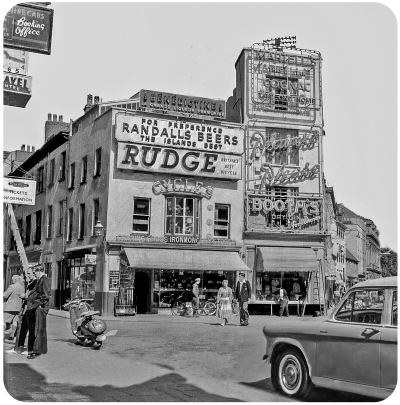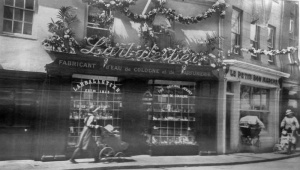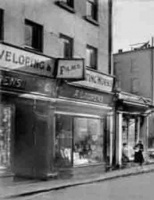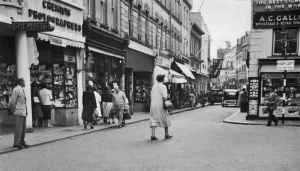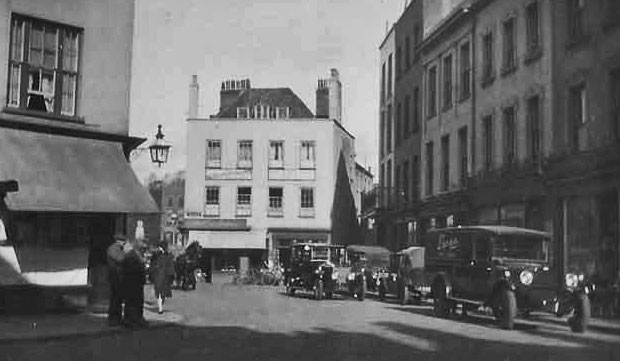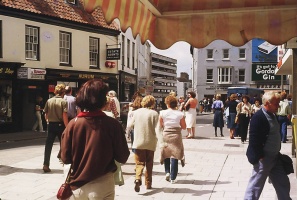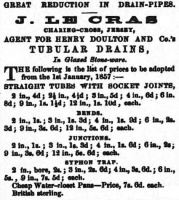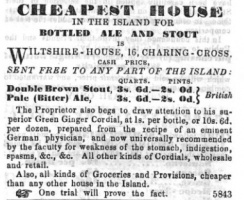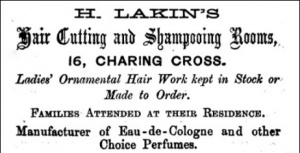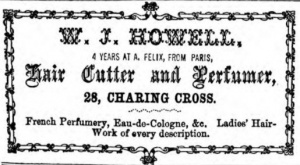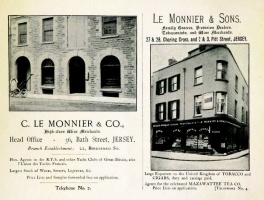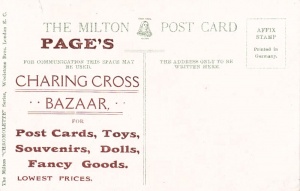Charing Cross is the western gateway to the centre of St Helier, and until the early 19th century it was literally a gateway, with a narrow tunnel passing under the prison, which then straddled the wide road. But it had to go, partly because it was in an appalling condition, and partly because of the Lieut-Governor, General Don's road-building programme. He wanted to be sure to be able to move troops and equipment quickly around the island in times of emergency, and his guns would not pass through the tunnel under the prison.
The location of the prison gave Charing Cross its original name La Rue de la Prison. It was also known as La Pompe du Bas, because one of two town pumps, providing residents with fresh water, was located there.
To the west of Charing Cross was undeveloped sandy land, stretching down to the sea. The old town wall ran from here to the south of Broad Street, which was known as La Grande Rue, because it was the main thoroughfare to the Royal Square. The other street leading into the town from Charing Cross, King Street, barely existed in the early days of the development of St Helier. Today it is the island's main shopping street; then it was a back street, appropriately known as Rue de Derrière.
Prison
The prison was built Between 1688 and 1697. Before then all prisoners had to be held at Mont Orgueil Castle, and brought from there to town for trials at the Royal Court. It is believed that the design of the prison may have been because it was intended to represent a city gate, but it may also have been a copy of old Temple Bar in London. It was demolished in 1811.
Street layout
Charing Cross has a very unusual layout and numbering system. No 1 is the first property in Charing Cross on the southern side, following on from Broad Street.
The numbers continue in numerical sequence to No 10 at the junction with Castle Street, and then back on the opposite side of the road as far as No 15, the corner property facing east. Numbers continue around this corner in a separate section of street as far as York Street, and then back along the north side of the street as far as King Street.
Where Charing Cross ends and King Street starts has been a matter for considerable confusion over many years. Rutland House, the property on the corner with Pitt Street, appears in almanac listings as 29 Charing Cross, and in others as 78 King Street, where it is shown in the 21st century. There are numerous advertisements for businesses trading at the property giving their location as Charing Cross. The 'clock tower' building across the street, which makes the corner with Broad Street, has also been described in adverts as Charing Cross, without a number, but it has always been officially listed as 79 King Street.
Histories of individual properties
| No 1 | No 2 | No 3 | No 4 | No 5 | No 6 | No 7 | No 8 | No 9 | No 10 |
| No 11 | No 12, 12a | No 13 | No 14-15 | No 16 | No 17 | No 18 | No 19 | No 20 | No 21 |
| No 22 | No 23 | No 24 | No 25 | No 26 | No 27 | No 28 |
Picture gallery
Click on image to see larger picture
A Visite Royale passes through Charing Cross in 1908
During the Occupation




